On an early November morning I saw clear skies ahead and drove off for a fine day in Västra Götaland, to visit a megalithic site, and as it happen also some of the beautiful sites along the way. Below is an informative day trip vlog and further below some photos and general info about the two main sites visited. Exploring new places and sites is always a pleasure.
Askeberga Megaliths
Close to the small town of Tidan we can find the megaliths in Askeberga, where 24 megaliths of around 3 meters in height and 13 tons in weight are still standing intact on their original places. To place stones like this there must be a higher intention from an organized group of people in an organized society. Stones are as of today impossible to date, and even less as to when they were quarried and placed. Megalithic sites in Sweden are mostly dated to 5500 to 1500 years ago. When one considers the scarcity of food it gets apparent that those people wouldn’t have the time, energy and interest to quarry, move and place the megaliths like this. Often they get dated due to some findings of leather, bone or pottery found on the site during an excavation. But that is the easy way out as people surely used these sites for various purposes during various periods of time. Their origins are still a mystery.
On all of these sites, there’s always a panoramic view of the landscape and heavens east to west, which leads me to think that there maybe is some archaeoastronomical aspect to the sites. Such an investment ought to have had a practical function first and foremost rather than a burial ground (something which later populations could use older site as). Check out the other megalithic sites that I’ve visited in Sweden to see more megaliths and from more angles – Ancient Norse Megaliths in Sweden.
I’m not saying humans didn’t make these sites, but as this one is dated to early and late Viking Age it goes against the common facts about that era. We have to remember that life was very hard, and as an example the first son got the farm while the other sons had to leave and make for their own future. This is one of the reasons Vikings who were mostly farmers eventually got good at shipbuilding, exploring, plundering and trading – out of necessity. That’s why I believe this site along many others is much older and part of another scope of culture all together. Have a look at the video above for more information and ideas of their origin.
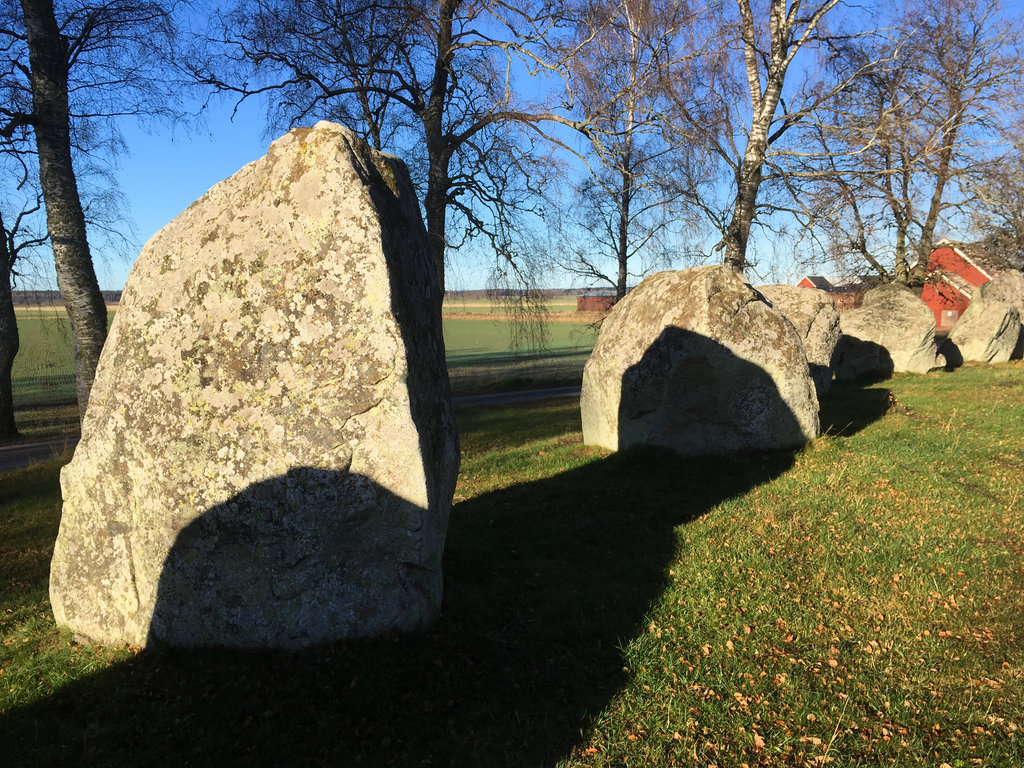
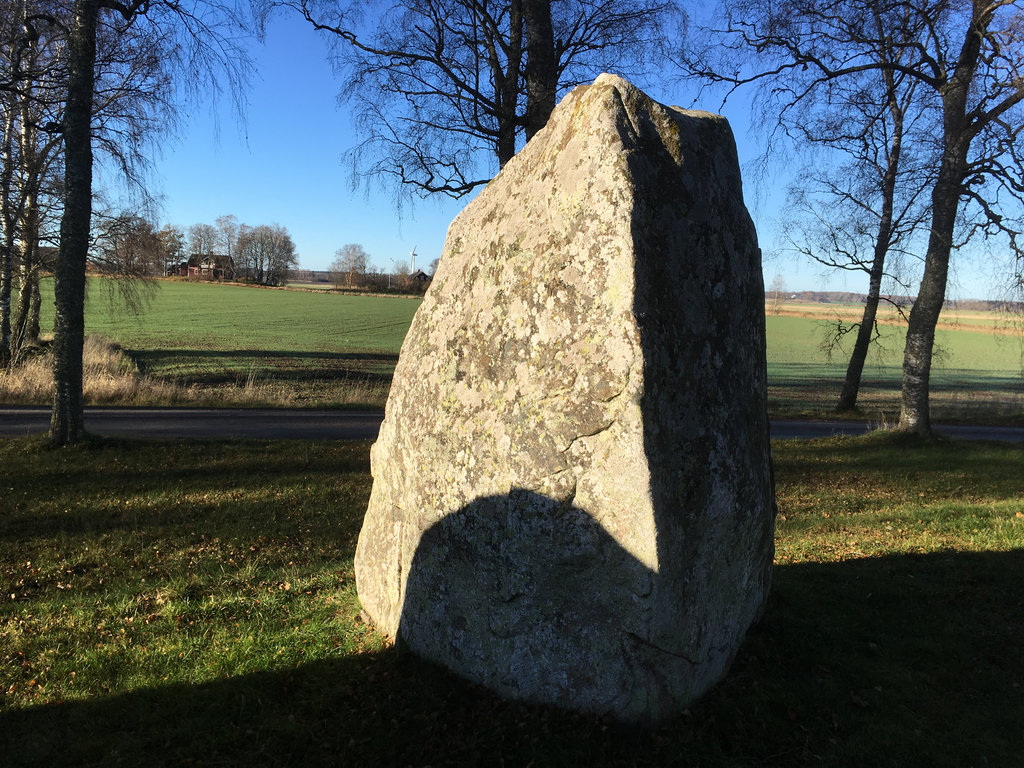
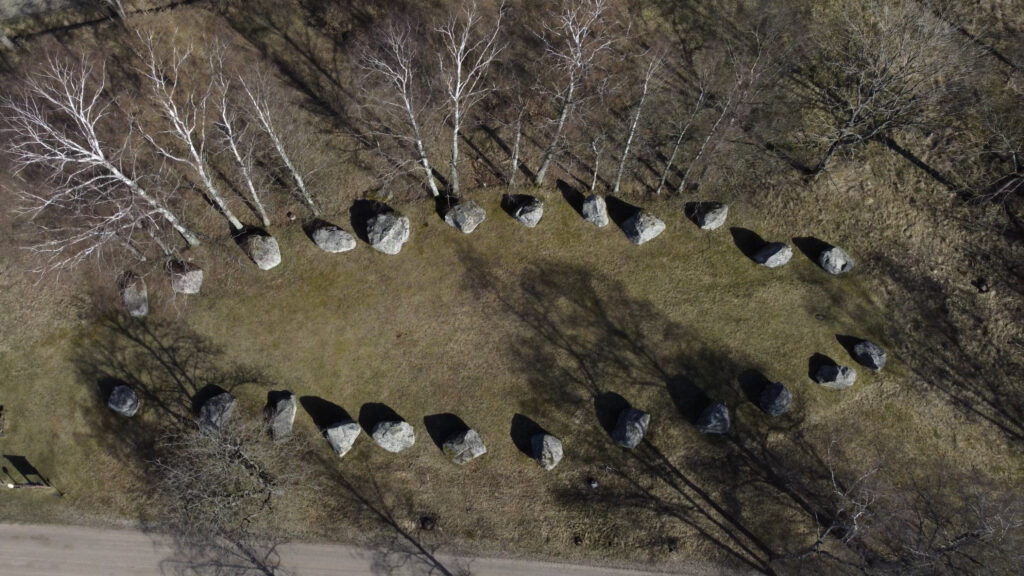
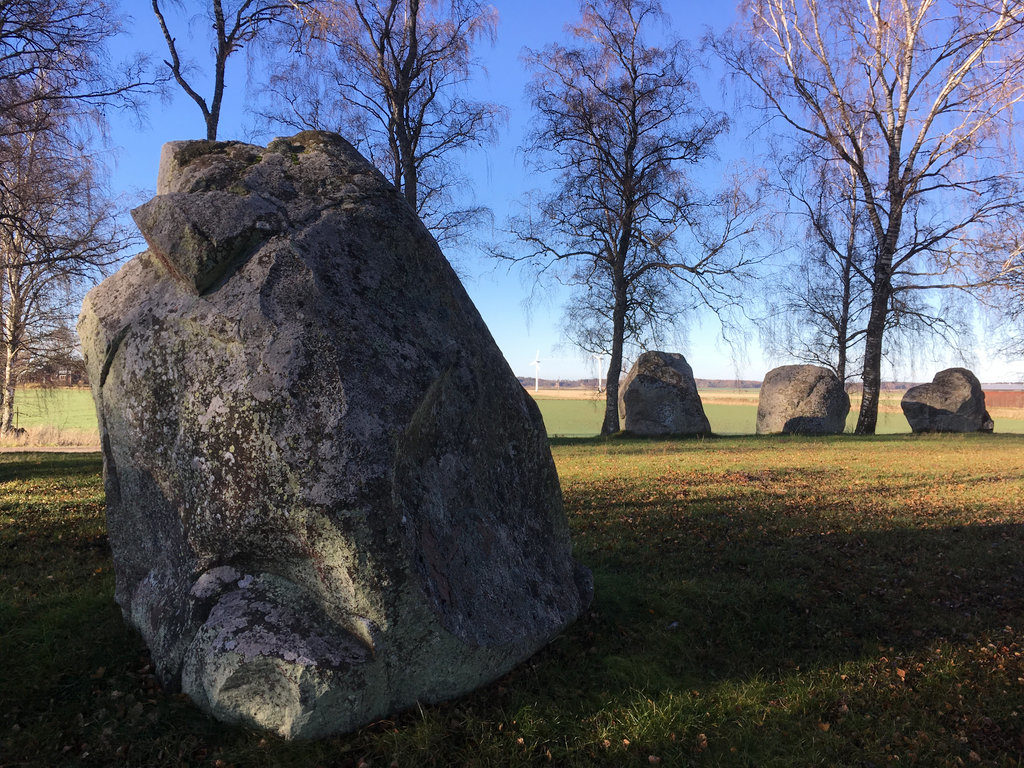
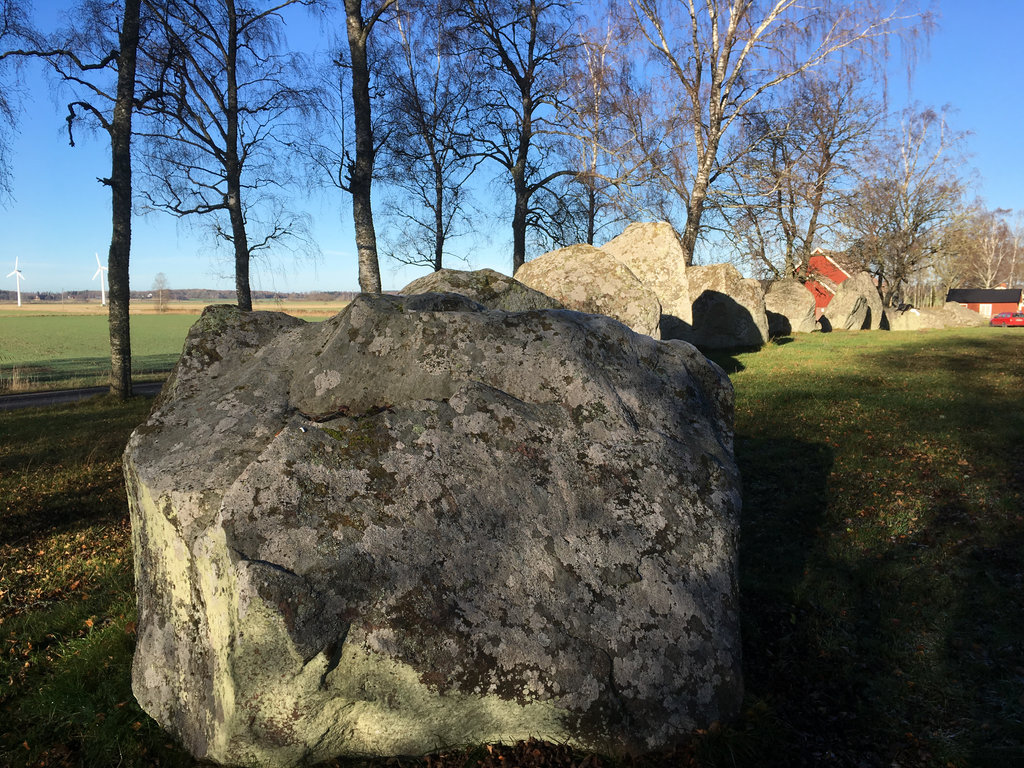
Varnhem Abbey
While driving to the megalithic site I saw the Varnhem Abbey sign and had to stop. It was still early, all was closed at the site and the only ones working were the graveyard personel. There is so much history on this location to tell and there’s an ongoing archeological excavation in the area. Here’s the short backstory to the site.
The site is dominated by the abbey church and next to it are the old abbey ruins. Near the abbey ruins on top of a smaller hill lies an important excavation site where sensational findings have been made. It has already rewritten Swedish history and given information on what happened before the 12th century. Christianity apparently came to Sweden earlier than thought and written in the history books. Remember, that in those days there was no Sweden, society was more clan based. This region, which today is part of Västra Götaland, was christianized before other parts of today’s Sweden. The parts around Stockholm, were of the pre-christian faith for a longer time. So on this location in Varnhem archeologists have found a continuous history from the Viking age to the early Christian era. Apparently the transition was smooth, took longer time and got incorporated into the daily lives without much drama – and not the result of hero preacher like Ansgar. Vikings were raiding England and other places where they got in contact with Christianity and a different social order and architecture for that matter. Eventually the royalty and church became the centralized power in what was proto-Sweden. Before that the society was very de-centralized and without a central power structure. The family that owned this site all those years ago, financed the building of what is now perhaps the oldest ruin in Sweden, from silver that came from Danegeld gained in the raids on England. The rewards from plunders and the inspiration of the English architecture inspired the first steps for the same architecture in Sweden. On my visit the archeological site was closed for the winter season.
The abbey ruins on the site was built during the same time and by the same Cistercian order as the nearby Alvastra Abbey in the 12th century. In less than hundred years the abbey burned down and was completely ruined. However it was rebuilt and even more splendid and grandiose than before. All was well until the Danes plundered and burned it down to the ground during the Northern Seven Years’ War (1563 – 1570). The beautiful abbey church still standing was restored during the 17th century and had its last restauration in the 1920’s. The old abbey was left to fall apart to its current state.
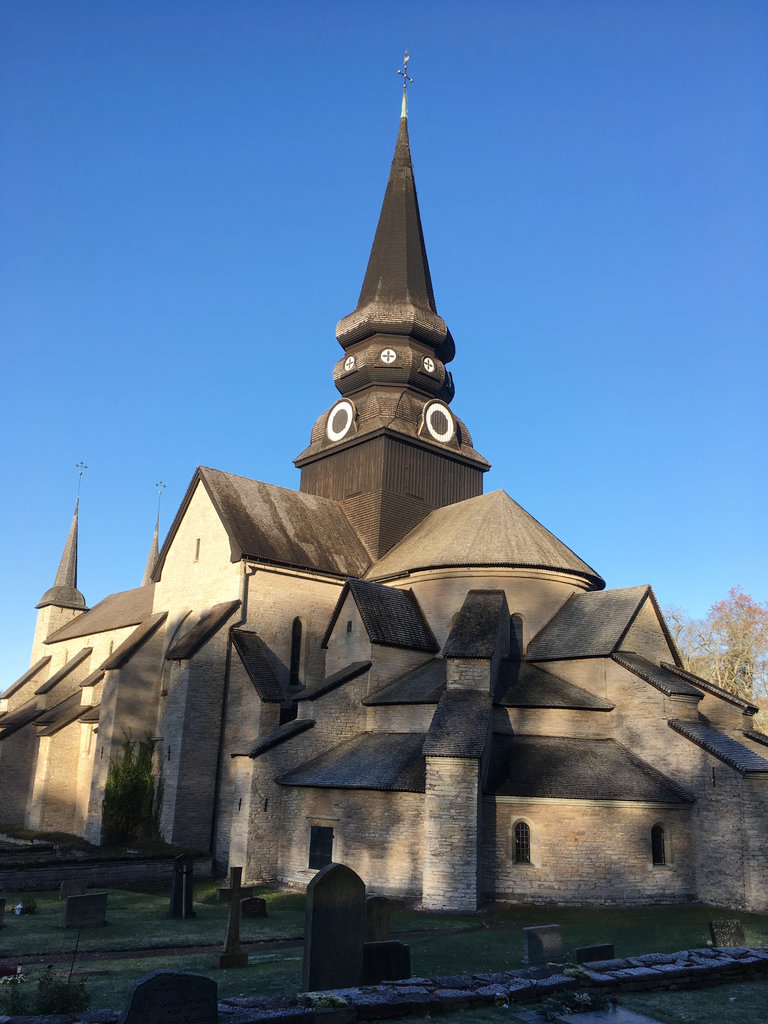
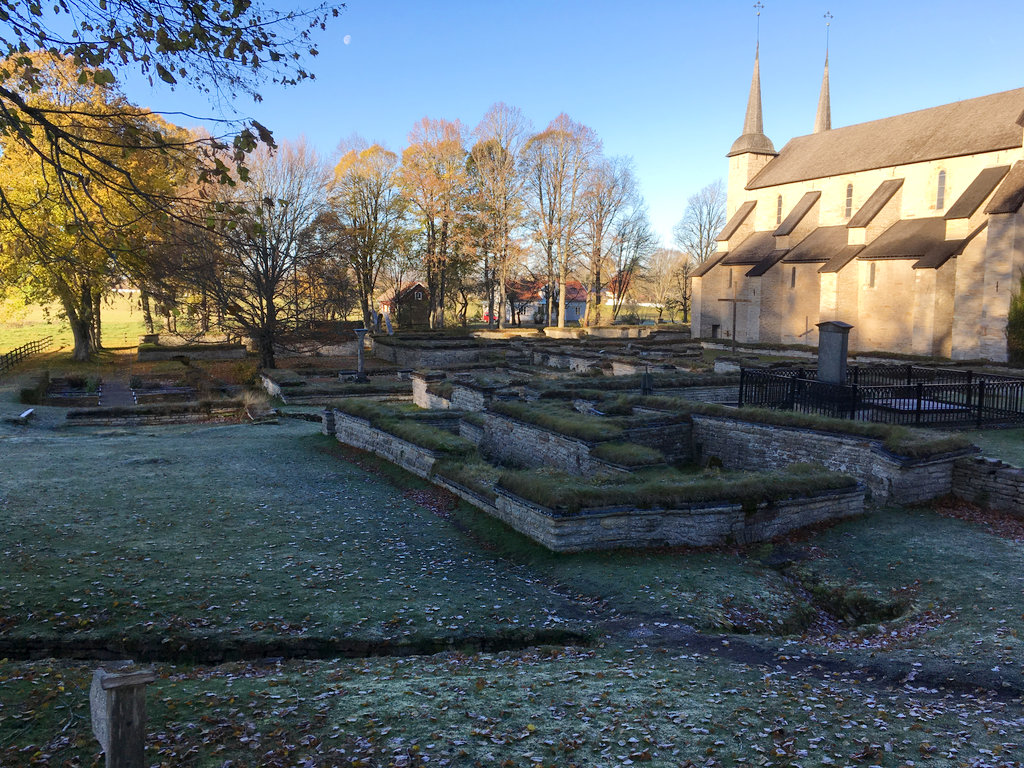
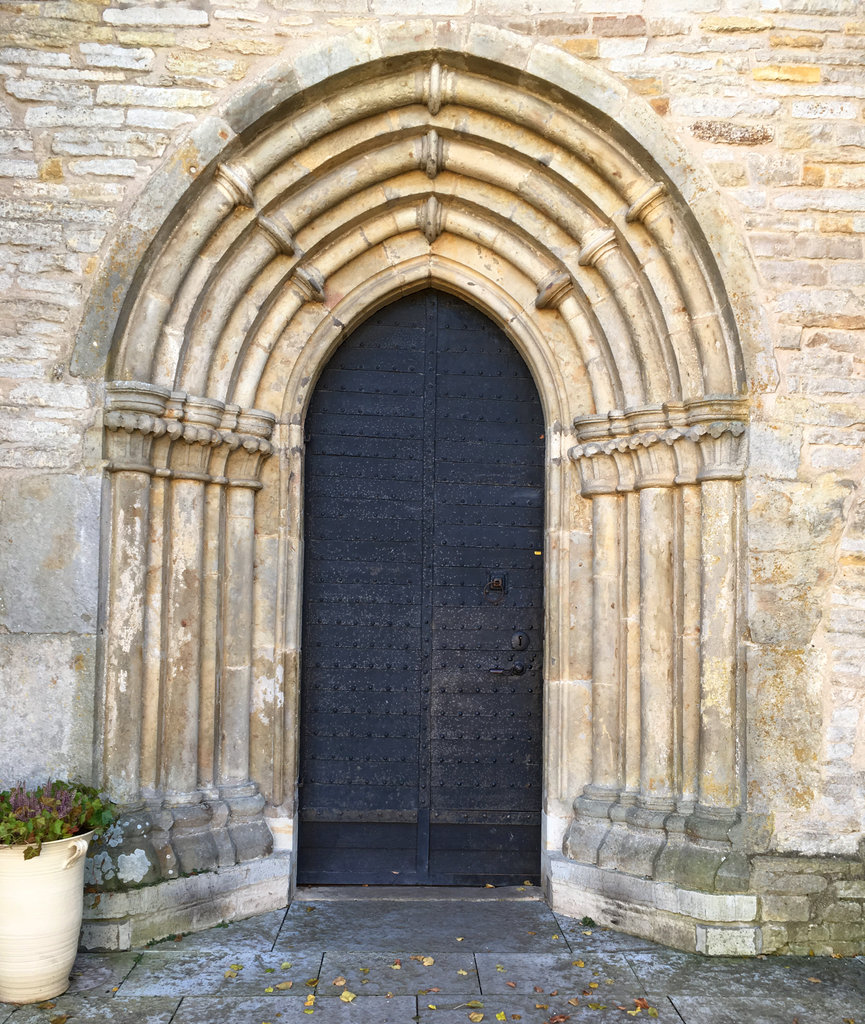
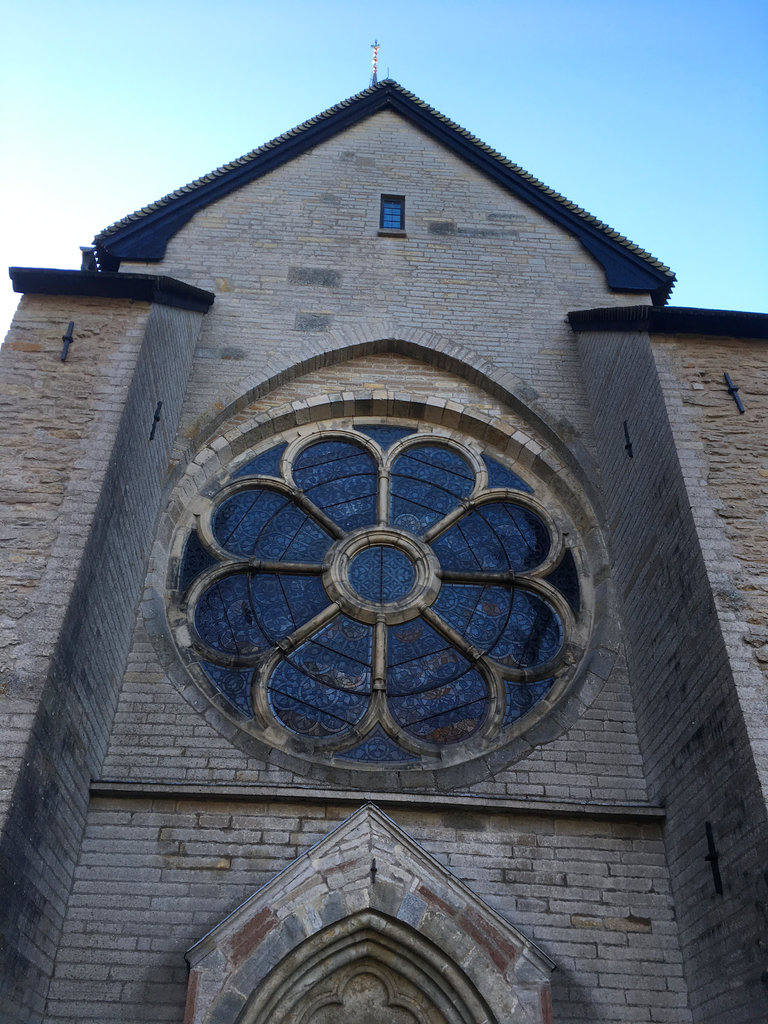
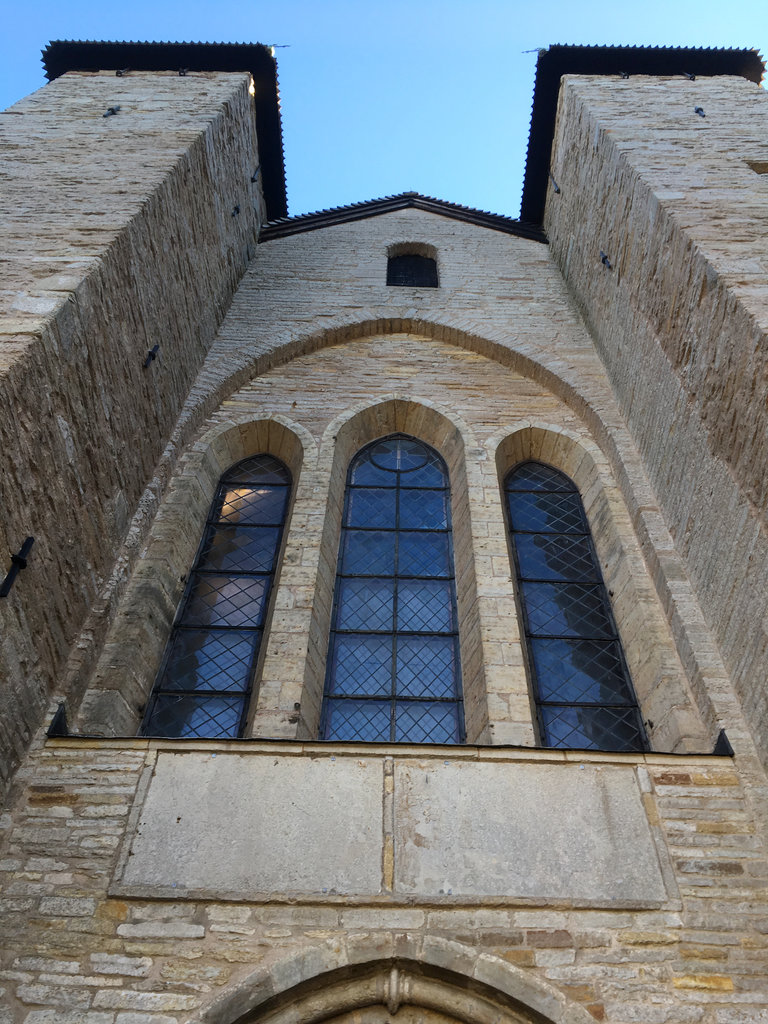

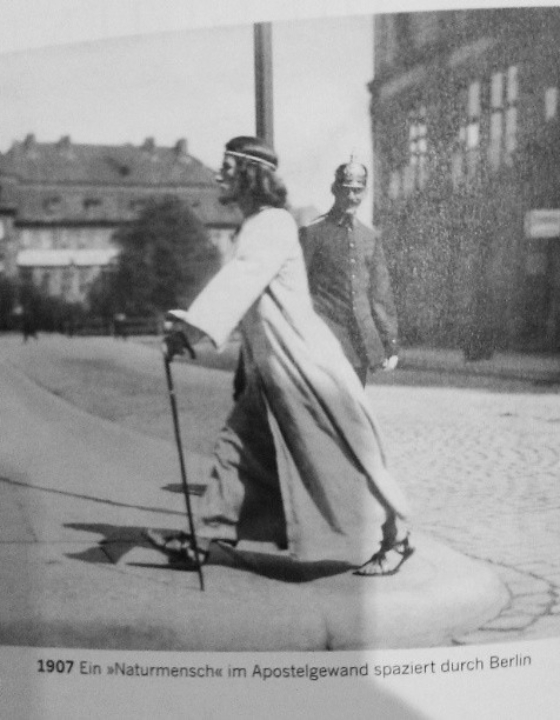


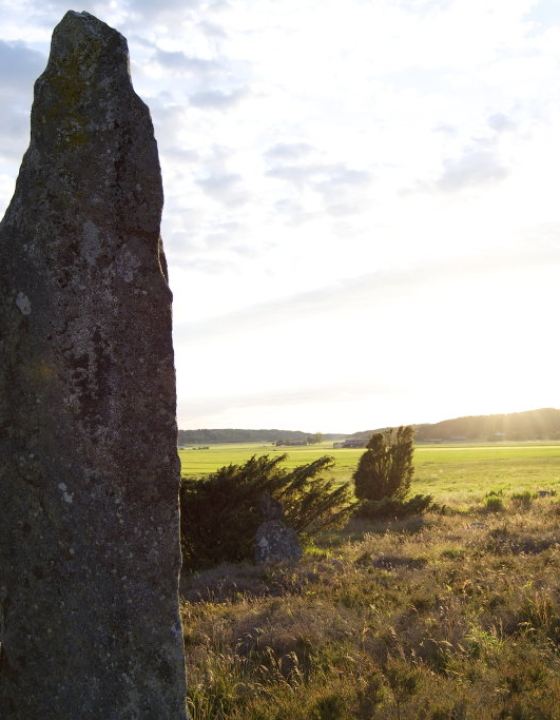


What do you think?